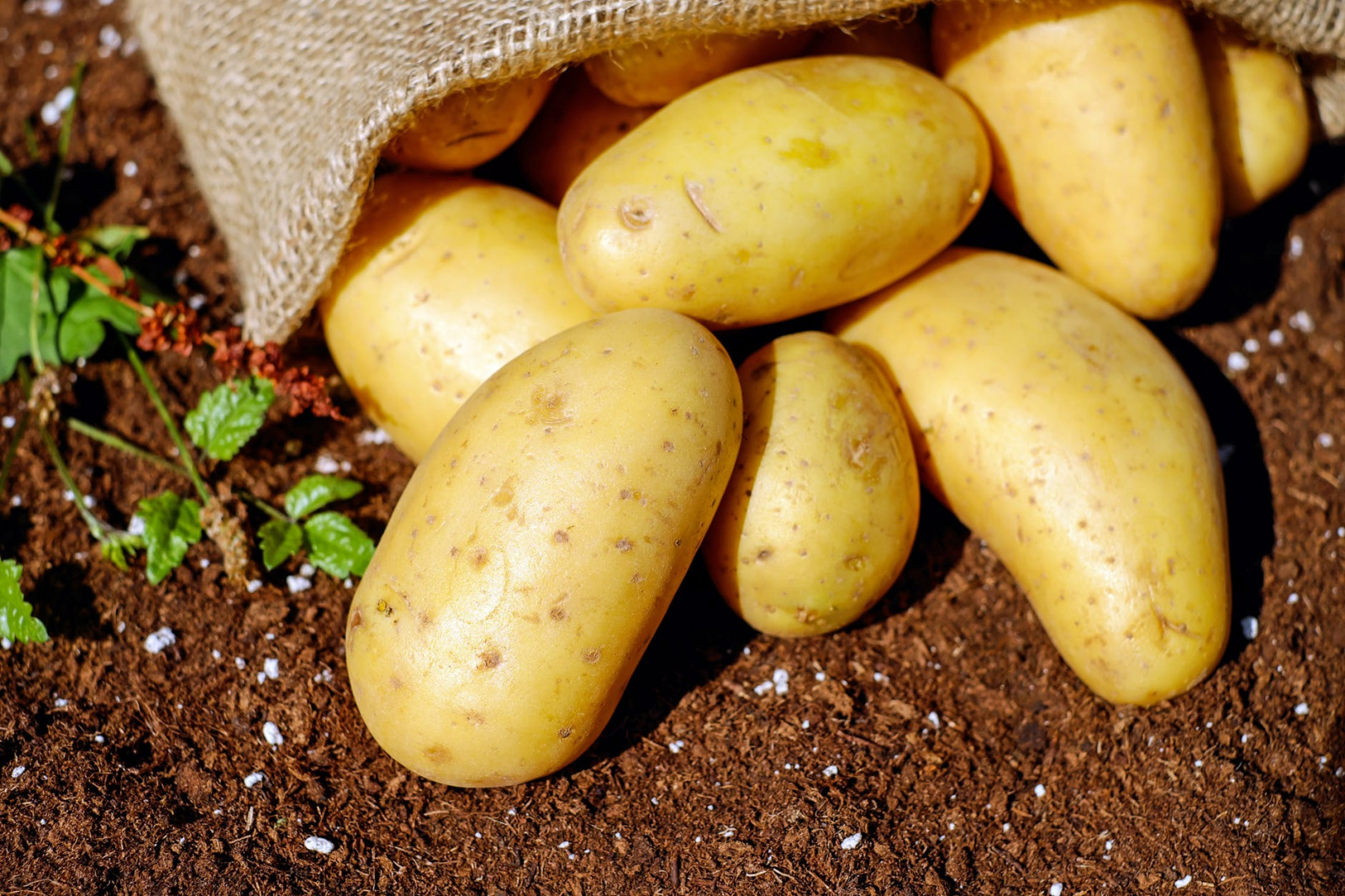top of mind news
- Good For Business: A Flu Season Plan Of Attack
- How Restaurants Can Identify and Engage with Generation Z
- 11 Leading-Edge Food Trend Predictions for the Future
- Make Parents Happy and Maximize Kids’ Menu Profits
- Why Restaurants Must Embrace their Role in Health
- ‘Fusebiquity’ A Key Approach To Menu Development
THE FARM
Poultry
The weekly chicken harvest for the week ending October 12th was 3.8% more than the prior year and record heavy bird weights continue to add pounds to production. Ready to cook chicken output was up 5.8%, year-over-year, which boosted the six-week average of production to 6.5% better than a year ago. Chicken breast meat prices continue to struggle but appear to be putting in a seasonal low, but wing prices look vulnerable from their October tops. Look for lower chicken wing markets heading into December ahead of typical increases that occur from late December into early February. Leg quarter pricing are fading as well and should decline further during early 2020.
Beef
Beef production edged modestly higher last week, up .1% from the prior week, but was 1% more than last year. Better beef output comes as cattle harvests were up .8%, implying that carcass weights are heavier than a year ago. This may pressure the fat trim markets lower, but upside risk is still present for lean beef trim. The most recent monthly Cattle on Feed report continues to confirm larger heifer on-feed inventories, and, coupled with bigger beef cow harvests the past few years, it indicates that the U.S. cattle herd may have peaked. Usually, lean beef prices tighten after the cyclical peak as fewer cows are available.
Pork
While mostly steady week-over-week pork production continues, output is escalating from a year ago, up nearly 5% last week, and is on track to meet the USDA’s Q4 5.5% production forecast (yoy). More active production has not yet been able to lower prices, with the USDA pork cutout holding near par with last year. Despite ribs, picnics, and butts being at or more costly than year ago levels. Pork bellies have struggled lately with prices near the $1.10 price area heading into November. Still, there’s upside price risk for the pork markets.
THE SEA
Seafood
The Alaskan Bering Sea snow crab fishing season has been underway for two weeks, but no considerable tonnage had been landed as of this writing. This is not unusual during the fall as the bulk of the snow crab quota is typically landed after the holidays. This year’s Alaskan Bearing Sea snow crab quota is 34 million tons which would be a four-year high. Still, elevated snow crab leg prices are expected to persist into next year.
THE GARDEN
Produce
The potato markets have jumped in recent weeks due to cold temperatures impacting the final harvest and projected storage. As of October 27th, just 4% of the Idaho potato crop remained in the ground. Still, storage shipments have slowed. This may support potato prices in the near term, with some relief anticipated thereafter. The tomato markets remain costly due to a shortage in supplies from California and Mexico. Shipments from these two origins last week were 29% less than prior year. History says inflated tomato prices could persist.
THE KITCHEN SINK
Dairy
The cheese markets are at levels not seen since 2014. Only modest milk production is supporting cheese prices. September milk output was up 1.3% from last year despite the dairy cow herd being down .5% (yoy). The milk per cow yield was up 1.8% from 2018, but it was the best year-over-year monthly gain since January 2017. Cheese purchases should be limited at these inflated levels as seasonally lower prices are anticipated to occur soon. Butter prices found modest support since last week, but exports remain lackluster. Butter prices can be choppy during November but typically fade lower in December.
Grains
The wheat markets have firmed slightly. Short crops in Canada as well as expectations for smaller winter wheat plantings in the U.S. have brought support to the markets as of late. Durum wheat price could be the most volatile in the near term as Canada is a major supplier to the U.S. But the upside in the other wheat markets may be limited.
Oil
Nearby natural gas futures are up a whopping 17.3% since last week. Some earlier than expected very cold temperatures have hit the Midwest which is boosting natural gas demand. Typically, natural gas futures seasonally peak in December.














